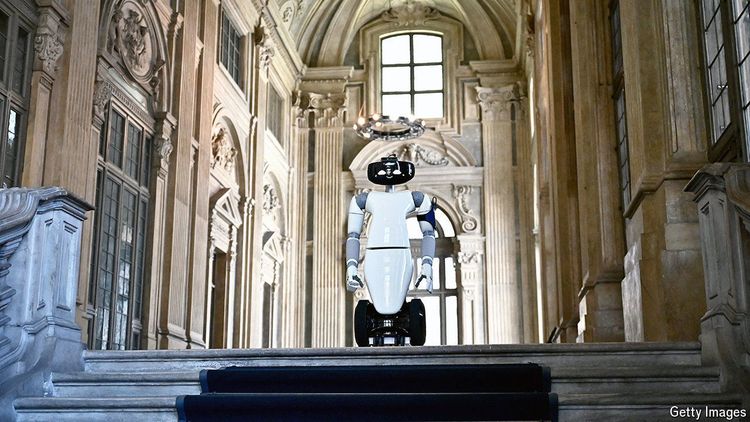Today's AI models are impressive. Teams of them will be formidable

Ask ChatGPT to recommend the must-do activities on a holiday to Berlin, and OpenAI’s chatbot will do a great job of proposing restaurants, bars, museums and parks that it reckons you might like. But ask it to plan your trip—complete with details of which order to see the sights in, given how long each one takes and how far apart they are, which train tickets to buy and where to eat, all within a set budget—and it will disappoint.
There is a way, however, to make large language models (LLM) perform such complex jobs: make them work together. Teams of LLMs—known as multi-agent systems (MAS)—can assign each other tasks, build on each other’s work or deliberate over a problem in order to find a solution that each one, on its own, would have been unable to reach. And all without the need for a human to direct them at every step. Teams also demonstrate the kinds of reasoning and mathematical skills that are usually beyond standalone AI models. And they could be less prone to generating inaccurate or false information.
Explore moreArtificial intelligence









































